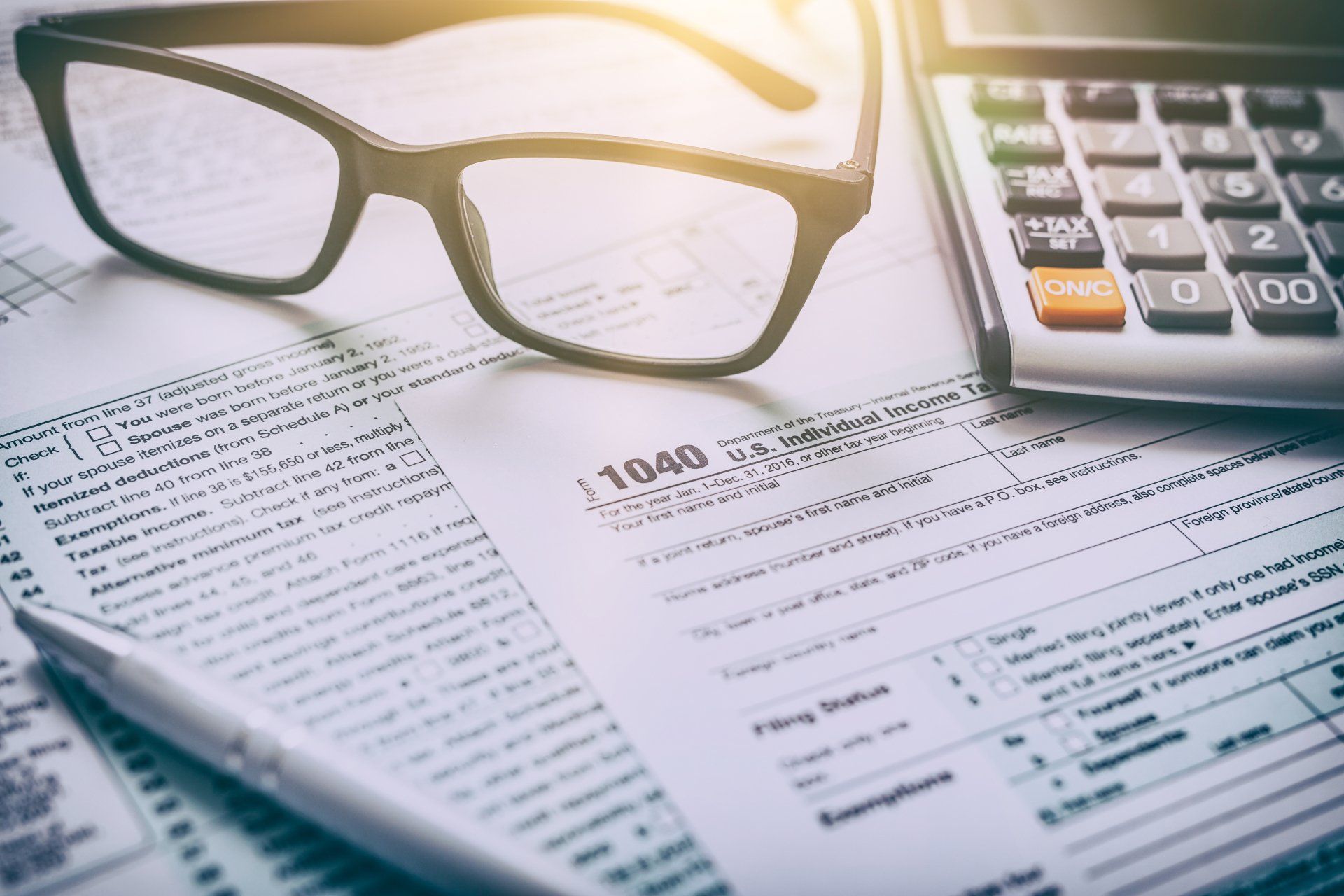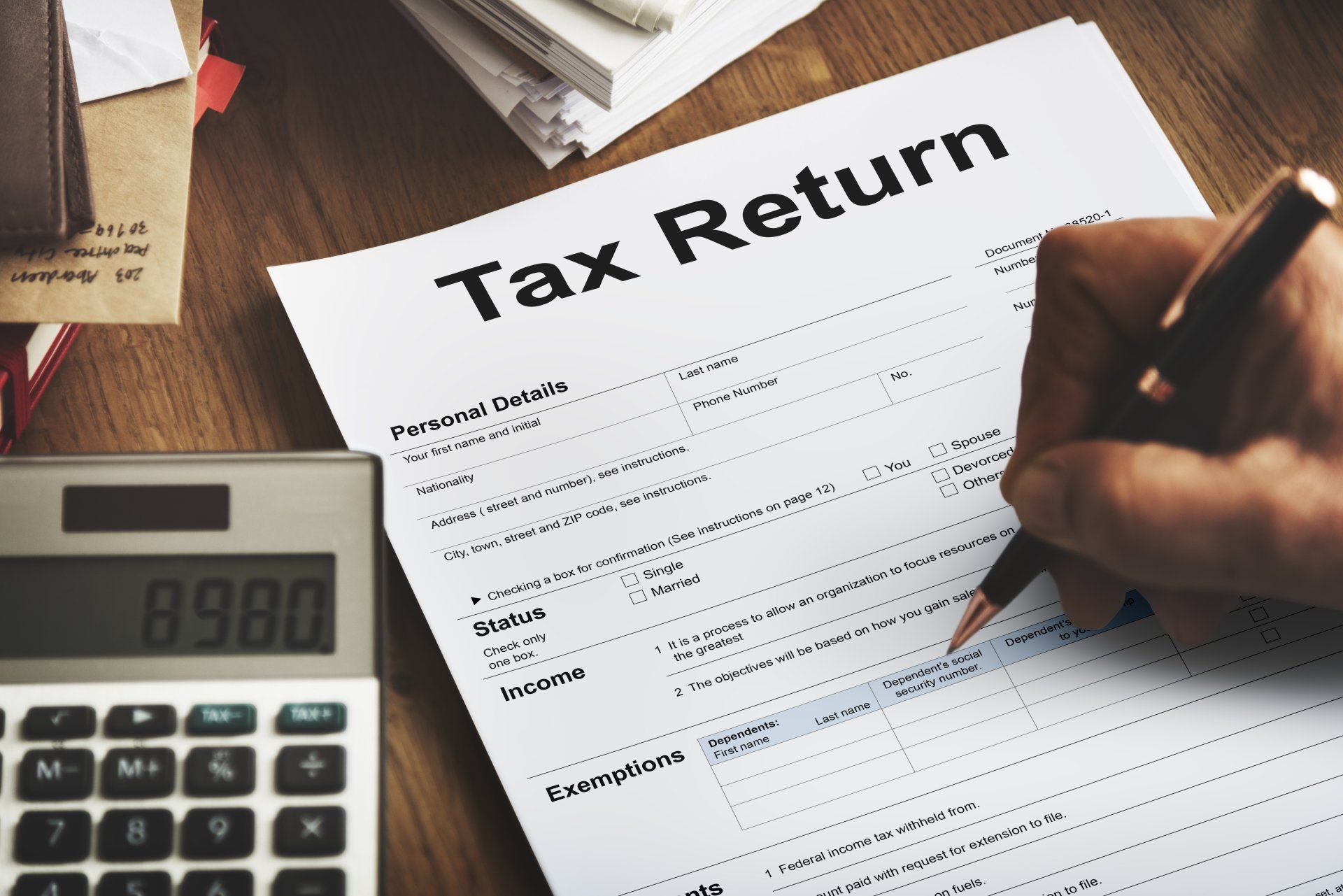PPPL - Part 2 Is Now Available to Small Businesses
More help is on the way for small businesses.
January 19, 2021
by Gregory S. Dowell
On December 27, 2020, President Trump signed the Consolidated Appropriations Act, 2021 (CAA, 2021) into law. The CAA includes Division N - Additional Coronavirus Response and Relief (ACRR), which has a provision that provides for Paycheck Protection Program (PPP) Second Draw loans.
As quick background, the CARES Act authorizes the Small Business Administration (SBA) to make loans to qualified businesses under certain circumstances. The provision established the PPP, which provides up to 24 weeks of cash-flow assistance through 100% federally guaranteed loans to eligible recipients to maintain payroll during the coronavirus (COVID-19) pandemic and to cover certain other expenses. The Paycheck Protection Program Flexibility (PPPF) Act made substantial changes to the PPP, including decreasing the percentage that loan proceeds must be used on payroll costs from 75% to 60%, thereby increasing the percentage that may be used for nonpayroll costs such as rent, mortgage interest and utilities from 25% to 40%. Additionally, the PPPF Act permits borrowers to defer payments of principal, interest, and fees to 10 months after the last day of the covered period (the earlier of 24 weeks or December 31, 2020). Prior to the PPPF Act, the deferral period would end after six months. The application period closed on August 8, 2020. The SBA began approving PPP forgiveness applications and remitting forgiveness payments to PPP lenders on October 2, 2020.
That brings us to the Paycheck Protection Program Second Draw Loans. ACRR permits certain smaller businesses who received a PPP loan and experienced a 25% reduction in gross receipts may take a second draw from the PPP of up to $2 million.
Eligible entities - Prior PPP borrowers must meet the following conditions to be eligible for the second draw loans:
• Employ no more than 300 employees per physical location;
• Have used or will use the full amount of their first PPP loan ; and
• Demonstrate at least a 25% reduction in gross receipts in the first, second,or third quarter of 2020 relative to the same 2019 quarter. Applications submitted on or after January 1, 2021 are eligible to utilize the gross receipts from the fourth quarter of 2020.
Eligible entities include for-profit businesses, certain non-profit organizations, housing cooperatives, veterans organizations, tribal businesses, self-employed individuals, sole proprietors, independent contractors, and small agricultural co-operatives.
Loan terms - Borrowers may receive a second loan of up to 2.5 times the average monthly payroll costs in the one year prior to the loan or the calendar year. However, borrowers in the hospitality or food services industries (NAICS code 72) may receive loans of up to 3.5 times average monthly payroll costs. Only a single second draw is permitted to an eligible entity.
Gross receipts and simplified certification of revenue test - Second draw loans of no more than $150,000 may submit a certification, on or before the date the loan forgiveness application is submitted, attesting that the eligible entity meets the applicable revenue loss requirement. Non-profits and veterans organizations may use gross receipts to calculate their revenue loss standard.
Loan forgiveness - Like the first PPP loan, the second draw loan may be forgiven for payroll costs of up to 60% (with some exceptions) and nonpayroll costs such as such as rent, mortgage interest and utilities of 40%.
Application of exemption based on employee availability - ACRR extends current safe harbors on restoring full-time employees and salaries and wages. Specifically, applies the rule of reducing loan forgiveness for the borrower reducing the number of employees retained and reducing employees salaries in excess of 25%.
Clarification of tax treatment of Paycheck Protection Program loans - Sec. 276 clarifies that gross income does not include any amount that would otherwise arise from the forgiveness of a PPP loan. This provision also clarifies that deductions are allowed for otherwise deductible expenses paid with the proceeds of a PPP loan that is forgiven, and that the tax basis and other attributes of the borrower s assets will not be reduced as a result of the loan forgiveness. The provision is effective as of the date of enactment of the CARES Act. The provision provides similar treatment for Second Draw PPP loans, effective for tax years ending after the date of enactment of the provision.

Ready to become a client?
Leave us your info and we’ll get right back to you.
Sign up to our newsletter
We will get back to you as soon as possible
Please try again later
Contact Us Today
Dowell Group, LLP | All Rights Reserved |
Created by Olive + Ash.
Managed by Olive Street Design.









